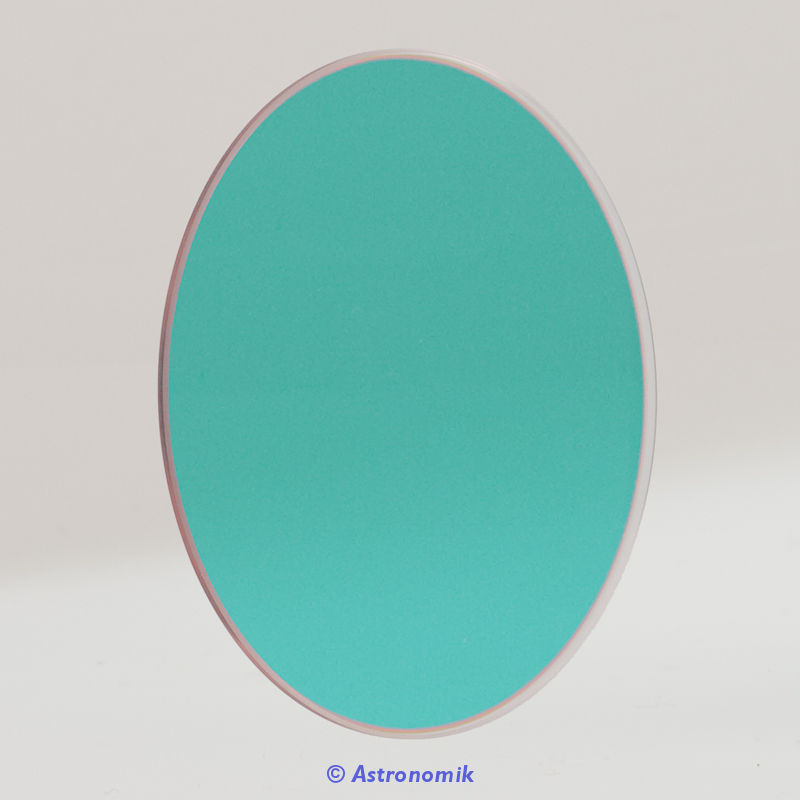

But, brighter isn’t always better with filters: Contrast is key. The UHC is particularly adept at transmitting Hydrogen-beta and Oxygen-III lines while aggressively blocking background sky.īecause progression from the UHC to the CLS filter means passing additional wavelengths of light, overall fields of view will appear brighter with the CLS than the UHC-E and UHC. Where desired light is passed, the UHC is also the most efficient of the three filters. With the UHC, blockage of select wavelengths is even more aggressive. The UHC-E filter is also budget-friendly, yet is designed to further enhance contrast of emission nebulae and comets by blocking airglow and common artificial lighting. The CLS filter is a budget-friendly filter intended to block out light from mercury and sodium-vapor lamps while permitting relatively larger portions of the visible spectrum to pass through. For instance, sodium vapor lights shine at a wavelength of 589nm, a point where virtually no light passes through any of the three filters. In contrast, the low-lying areas represent wavelengths being blocked by the filters. To illustrate light passage by filters along this spectrum, Astronomik publishes charts for each filter that juxtapose percent of light transmitted with wavelength (see Images 2 – 4).Įach graph’s elevated regions represent wavelengths where most of the light is allowed to pass. Under the dark of night, a typical human eye might detect light with wavelengths ranging from about 400 to around 600 nanometers, a truncated upper range compared to daylight conditions. Rather, improved visibility is due to enhanced contrast between DSOs and the background sky. Though a given DSO might appear brighter when using a filter, this is an illusion. Contrast is enhanced by limiting passage of unwanted wavelengths of light while permitting desirable ones (i.e., your selected “flavor”) to pass through nearly unimpeded. The purpose of these filters is to enhance visibility of deep sky objects by increasing their contrast with the background sky. Image 2: Light transmission by wavelength plot for the Astronomik UHC filter. You might say that filters help us tailor the view to emphasize our desired “flavors”.įor this article, I used Astronomik CLS, UHC-E, and UHC filters (see Image 1). Using a filter to isolate wavelengths of light is like pulling an individual tomato or slice of cucumber from that salad: A specific flavor, selected for attention in relative absence of competing options. Deep sky objects are like this salad in that unfiltered views provide a pleasing blend of detail across all visible wavelengths. To use an analogy, we might enjoy eating a bite of salad – a pleasing blend of tastes arising from a multitude of vegetables and toppings. Filters permit users to emphasize select wavelengths over others, thereby revealing specific details by limiting passage of unwanted light. As a result, visible details will vary as a function of wavelengths being allowed to pass to your eye. A follow-up article is being penned that discusses use of these filters as observing tools under dark skies.ĭeep sky objects (or, DSOs) emit and/or reflect light along the electromagnetic spectrum. This article is going to describe experiences under light-polluted skies using Astronomik’s 1.25” UHC, UHC-E, and CLS filters along with the absence of a filter. Effects from such lighting can be blocked in order to reveal deep sky wonders. Many outdoor lights glow due to excitement of such elements as mercury, sodium, etc. While light pollution interferes with visual astronomy, all is not lost.


Telescopes so often capture the attention of onlookers, don’t they? Regardless of attention garnered, interested onlookers often don’t consider getting a telescope because they find themselves within the pale confines of light-polluted skies. Over the years, I’ve shared the eyepiece with family, friends, and myriad others. This article has been updated with new testing notes and can be found here. This article originally appeared in Astronomy Technology Today Issue 9, 2020. Editor’s Note: In his Astronomik visual filter review Matt Harmston does a deep dive into using Astronomik Filters for visual observing under light polluted skies.


 0 kommentar(er)
0 kommentar(er)
